Ida-2014
Director-Pawel Pawlikowsi
Starring-Agata Kulesza
Scott’s Review #238
Reviewed April 24, 2015
Grade: A
Ida, the winner of several Best Foreign Language statuettes, including the first-ever Best Foreign Language Oscar for Poland, is a black and white film, containing beautiful cinematography, with a fascinating story that is both moving, sad, and very character-driven and centers around not one, but two compelling characters.
Certainly, ravages and after-effects of war have been explored in film before, but Ida brings a fresh spin to the subject matter.
The film takes place sometime in the 1960s, years after the ravages of World War II and the brutality of the holocaust occurred, but the film explores the long-lasting pain and sadness that the incredible time in history left on the survivors, both mentally and physically.
The story’s focus is on Anna, a young nun about to take her coveted vows and begin a life serving the Lord. Quite beautiful, she was left as a toddler at a convent. Before she takes her vows she is instructed to spend time with her only known relative, her Aunt Wanda.
Wanda is a former judge who battles depression and alcoholism. Her brother, Anna’s father, was murdered along with Wanda’s young son, so she is a tortured soul. As Anna (real name Ida and Jewish) and Wanda begin a road trip to find the whereabouts of their deceased family’s bodies, they both face personal demons.
What struck me most about Ida is the cinematography- the black and white is lovely, beautiful, and especially when Ida and Wanda travel across the Polish countryside, exquisite to look at.
The farms, land, and roads are so crisp and perfectly lit that it is easy to fall in love with.
Many scenes resemble paintings giving the film an artistic quality. Ida is simply elegant and peaceful in style.
The story itself of Ida is wonderful. Ida- the title character young nun is torn. She knows no other life than the church that, presumably, literally saved her life. But she is a gorgeous young woman filled with desires. She sees her promiscuous aunt flaunt over men and dress to the nines in flashy outfits and makeup.
Ida, almost always dressed in her nun’s garb, secretly dresses in Wanda’s dresses and makeup and is transformed. When she meets a handsome saxophone player, her desires begin to brim over and her conflict increases especially as the truth about her heritage unfolds.
As interesting a character study as Ida is, the character of Wanda is equally, if not more so, interesting. Damaged, hurt, and depressed she needs men to feel good about herself.
An alcoholic she has not gotten over the death of her young son and has become a bitter woman. In a way, Ida is about loss.
Visually and creatively enticing, Ida is as good as they get. It deserves the many awards that were bestowed upon it.
Oscar Nominations: Best Foreign Language Film (won), Best Cinematography
Independent Spirit Award Nominations: Best International Film (won)
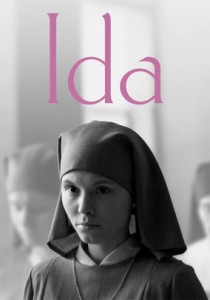
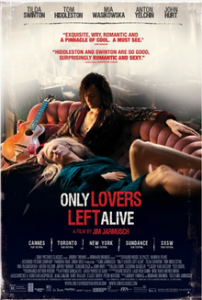
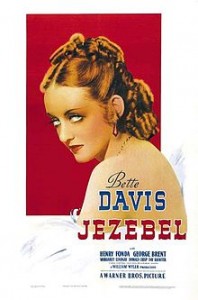
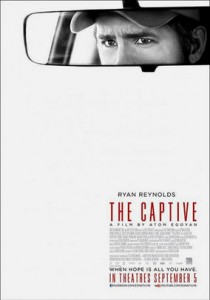
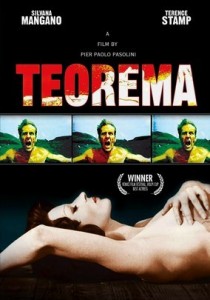
![220px-Madhouseposter[1]](http://scottsfilmreviews.com/wp-content/uploads/2015/04/220px-Madhouseposter1-196x300.jpg)